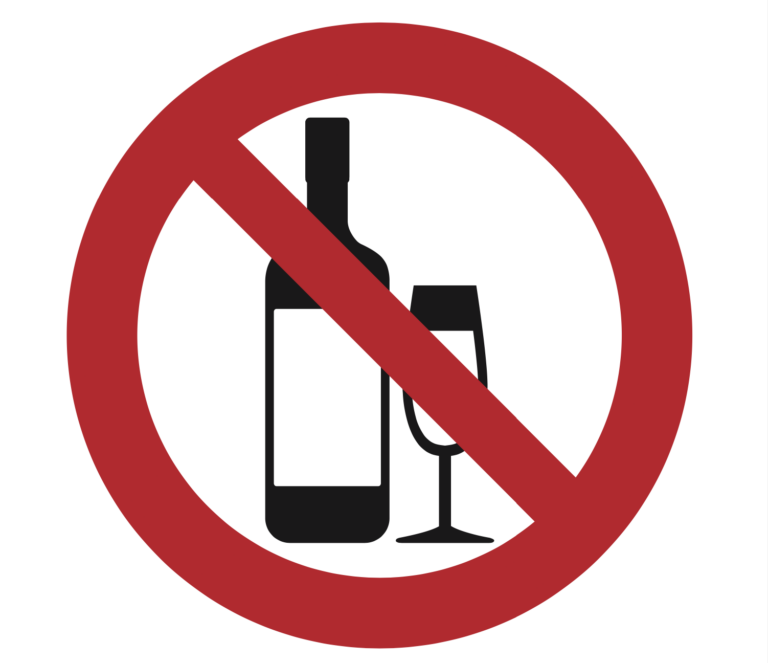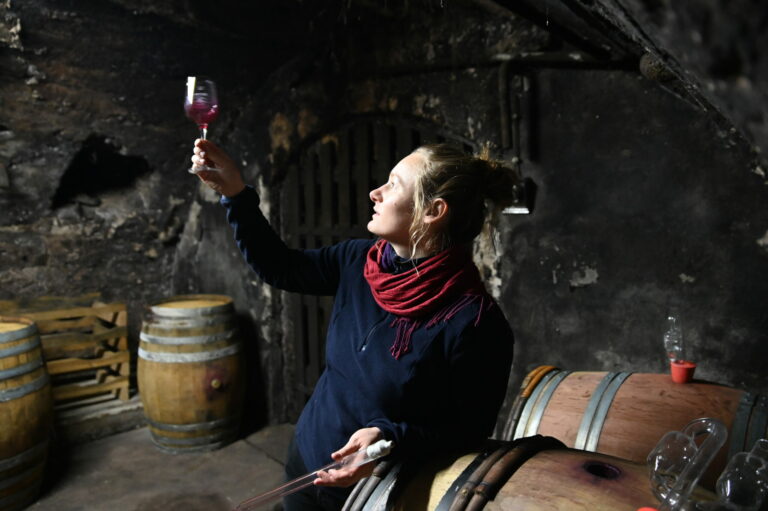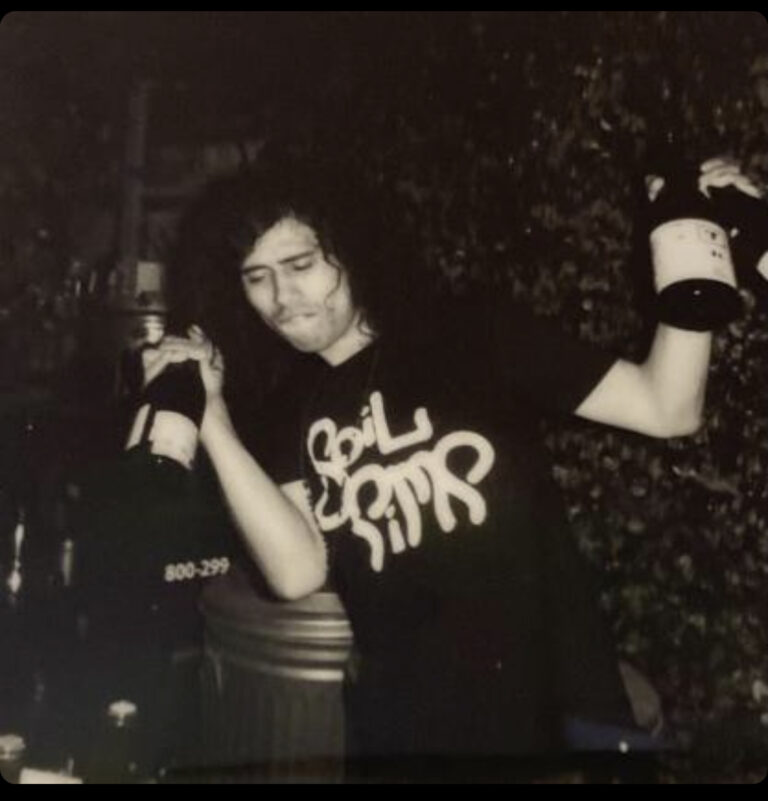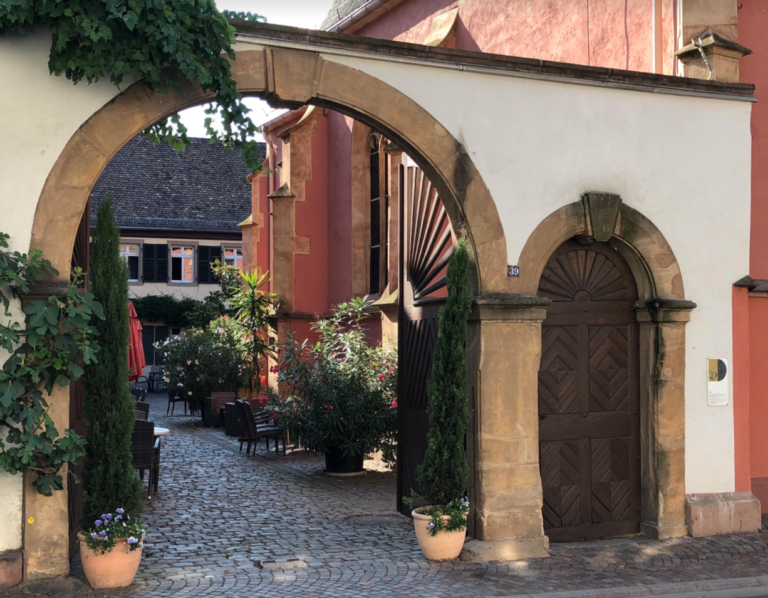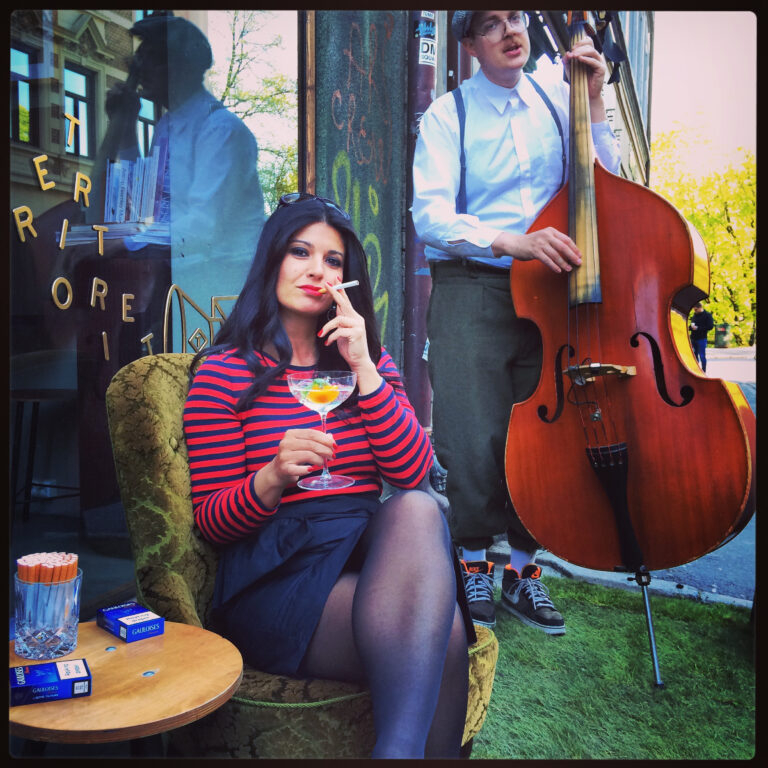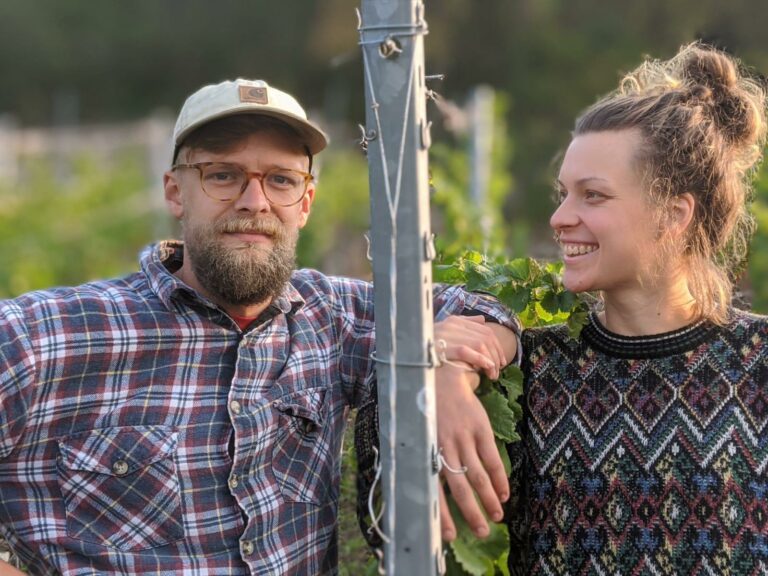Swabian Vibes
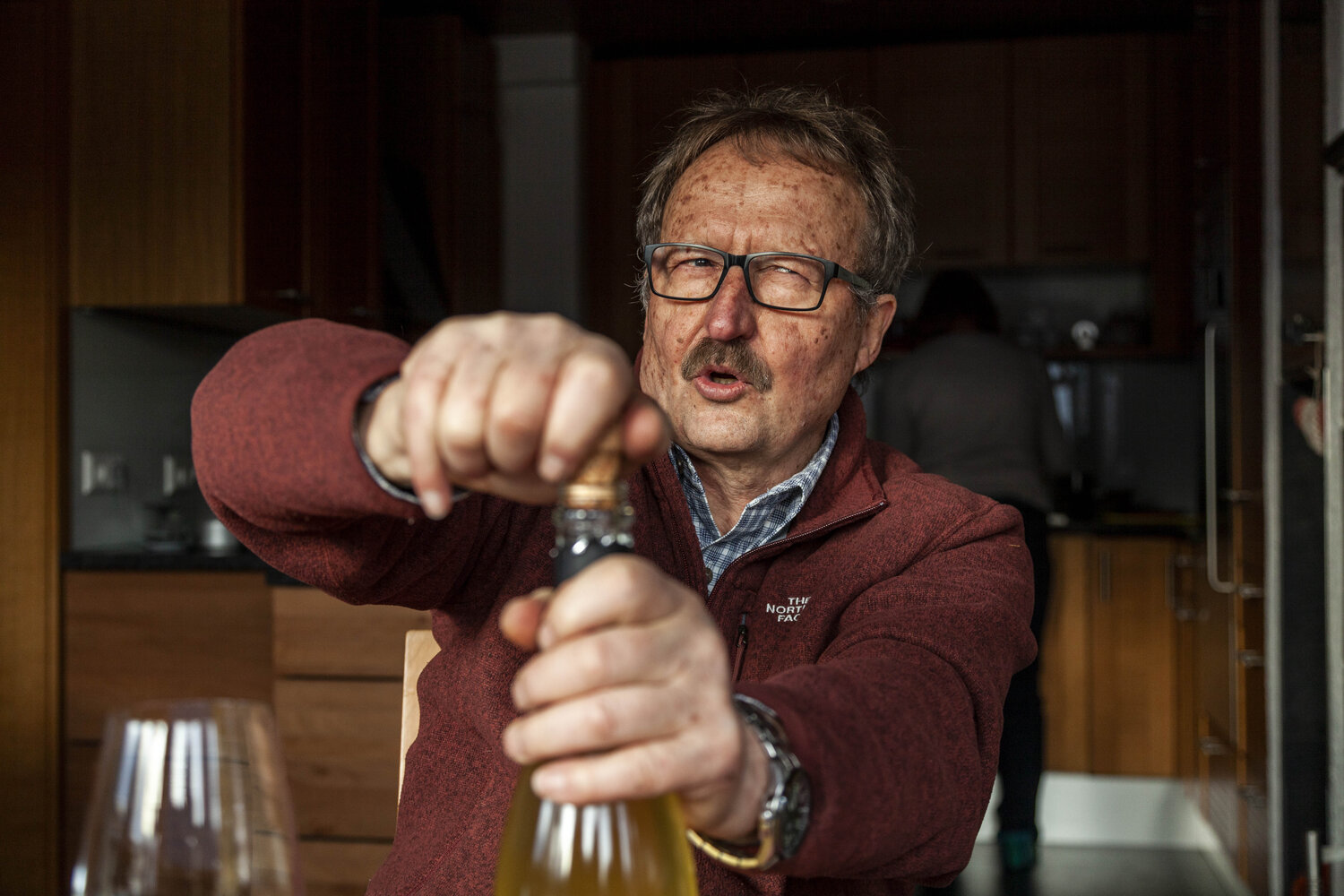
Those who go on the hunt for modern Württemberg may be surprised by what they find on the journey. In this stretch of southern Germany, many things work differently. Swabians have their own take on cool. Here you’ll meet a grower from the hip-hop scene who has the region’s traditional wine mug inked as a tattoo. You’ll bump into a start-up winery launched with crowdfunding. And you’ll land at the door of one of Germany’s hippest growers, 68-year-old Helmut Dolde of Linsenhofen. DOLDE Dolde wears a walrus mustache and, on the day of my visit, a cap someone gave him that says “Wine in…

